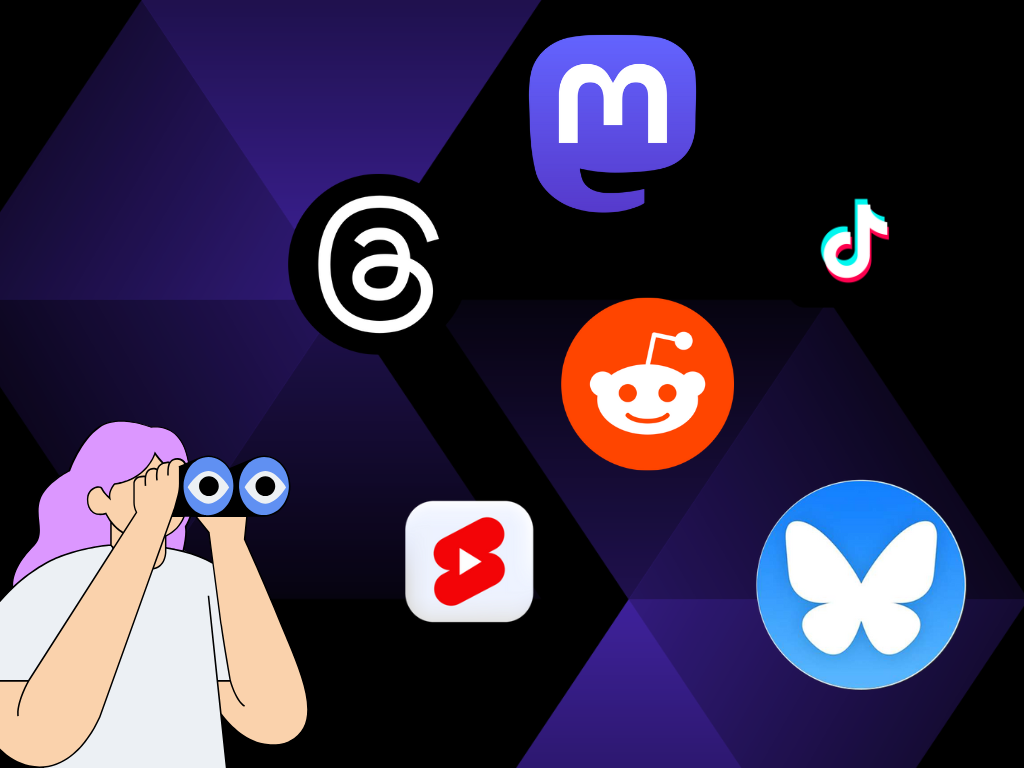
With springtime on the horizon, what better time to refresh your comms program? By leveraging emerging technology, embracing new trends, and keeping a finger on the pulse of what matters to today’s consumer, there are myriad opportunities for updating and elevating your marketing strategies in 2025.
Below, I’m diving into a handful of opportunities to do just that. Just in time for the warmer months ahead!
1. Embrace Emerging Technologies
The most obvious example of an emerging technology that has the ability to make our lives easier is AI. Many of the AI-driven tools on the market can help with everything from content creation to automation and deep research, eliminating time-intensive tasks that sometimes take away from our ability to be creative and strategic. It’s also a great tool to inform data-driven decision-making for strategy & planning discussions that support brand growth.
Beyond use cases for traditional internal marketing/comms purposes, we can also implement AI tools for brand and product enhancements. Examples might include improving customer engagement (ie, implementing chatbots and automated messaging for more near-real-time interactions), implementing predictive marketing to anticipate customer needs and recommend products/services based on user behavior and personalizing content across customer touchpoints.
Just be mindful to use these emerging technologies with caution. While our job is to create products, services and experiences that serve today’s consumers, we must be mindful of not losing the critical human touch that drives deeper levels of customer engagement and loyalty.
2. Prioritize Personalization and Human Connection
Brands are nothing if people don’t care about them or connect to them in some meaningful way. It’s on us as marketers and comms professionals to ensure we’re humanizing brands through storytelling and authentic interactions. Our content must be relevant, relatable and genuine, adapting as needed based on emerging trends and consumer experiences.
Part of this might involve the use of AI and other technologies to improve personalization, but we can also take it a step further by investing in interactive and immersive content. For example, polls, quizzes and shoppable videos deepen engagement and create more touchpoints for customers to feel like they’re actually connecting with a brand beyond the standard marketing messaging. It helps create more personalized experiences for them in the future and feel that the brand is interested in what makes them tick.
As marketers, we must always adapt quickly to cultural moments and trending topics. Although trends fade, and shouldn’t be the only connection point between brands and customers, it’s important to stay relevant and be agile so that our content can be repurposed across multiple channels.
3. Strengthen Brand Trust and Transparency
A major part of fostering deeper connections with our audiences is building trust through transparency and authentic experiences. Simple, clear, jargon-free communication on product/services, announcements/updates and brand initiatives can fuel trust and eliminate confusion or misinterpretation.
In keeping with current trends, we should also play close attention to social and cultural moments. But this shouldn’t just be lip service. We must address social issues with meaningful, action-driven campaigns, ensure diversification and inclusivity in all that we do and partner with organizations that align with our brand values.
We can also further foster trust by strengthening thought leadership content. From blogs on the website and LinkedIn posts to more robust content like podcasts and video series or interactive courses/webinars, we can educate while deepening connections. This lends credibility to the brand while also helping to further humanize it by having influential spokespeople and industry experts acting as brand ambassadors.
4. Explore and Optimize for New Social and Digital Platforms

Building on efforts to strengthen trust and humanize the brand, leveraging influencers and real-world testimonials is crucial. Consider working with micro-influencers and tech enthusiasts – from YouTube reviews and TikTok creators to thought leaders on LinkedIn and podcast hosts. They can help expand audience reach while also enabling co-branded content. We all know people trust people, so identifying opportunities to elevate real-world testimonials and UGC from early adopters can also help foster connection.
We’ve all seen the influx of decentralized social networks like Mastodon and emerging platforms like Threads and BlueSky. There are also reliable platforms like LinkedIn and Reddit that are taking on a whole new meaning and influence for the audiences that flock to them. We should embrace these platforms, using social listening tools to track trend conversations and consumer sentiment. Perhaps it’s worth considering how we interact with customers on these platforms as well.
Taking advantage of the growing number of tech tools and resources at our disposal, maintaining that authentic, human touch and diversification of platforms and channels will be the key to extending your audience reach, driving engagement and fostering more connections between customers and brands in 2025.





